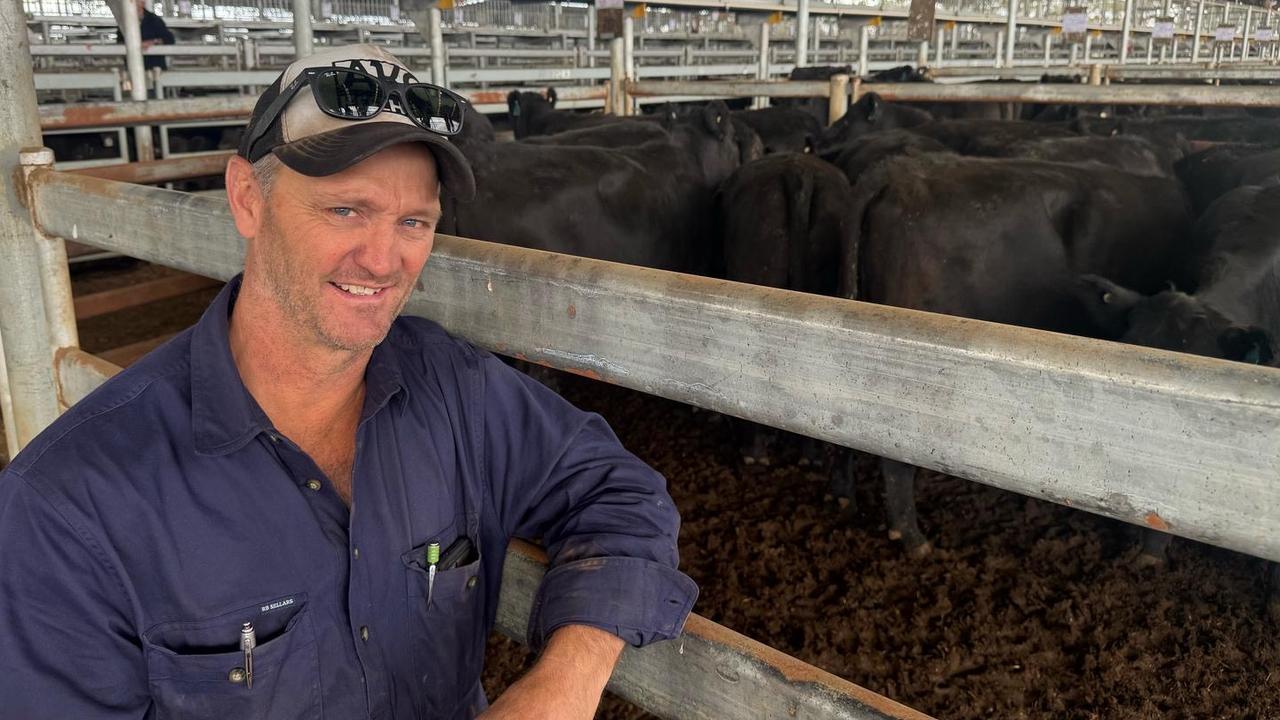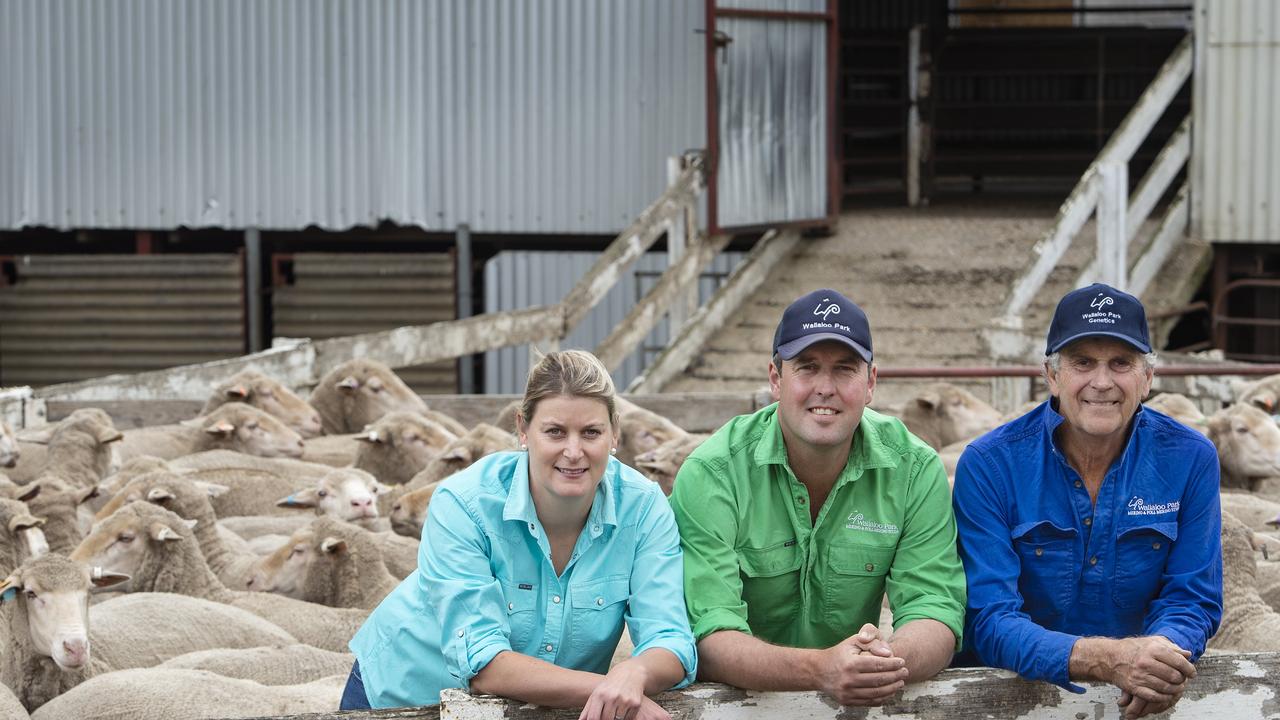Signs of light in dark tunnel of livestock prices
The downward spiral for livestock may be over as prices steadied in the past week at major store and prime sales. Full analysis here.
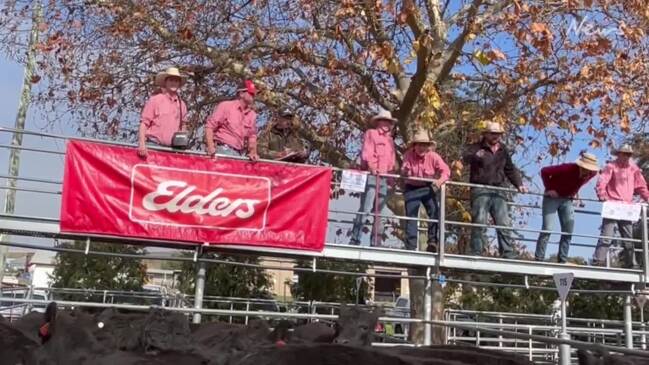
There are small signs the livestock market could have bottomed out after weeks of prices in free fall.
The benchmark Eastern Young Cattle Indicator closed on Monday at 581 cents a kilogram, losing just 2c/kg in the past week while rates at Yea and Gundagai store sales held firm.
Lamb prices also steadied on Monday, albeit at a level not seen for years, with many drafts returning less than 600c/kg carcass weight.
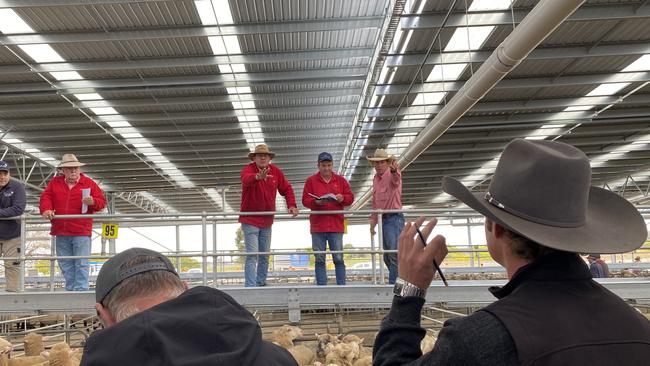
Sheep and cattle markets had been buckling under a weight of numbers, with producers quitting stock due to fears the season could be drier than normal this year.
It meant processors were flooded with offers of stock; delaying delivery times for producers dealing directly with abattoirs and a lift in saleyard numbers.
Elders Victoria Riverina livestock manager Matt Tinkler said it was difficult to explain the downward price spiral for cattle and sheep, just as it was difficult to explain when prices spiralled upwards in recent years.
“There was a period in the past few weeks when no one knew where prices would land,” Mr Tinkler said.
“What we do know is that the market was heavily influenced by negativity and especially by talk of El Nino and drier conditions.
“I seriously question the level of influence these forecasts of drier weather has on the markets.”
Mr Tinkler said a dearer cattle market at Wagga Wagga NSW on Monday, and slight improvements or at least no price falls in store cattle sales late last week were also welcome.
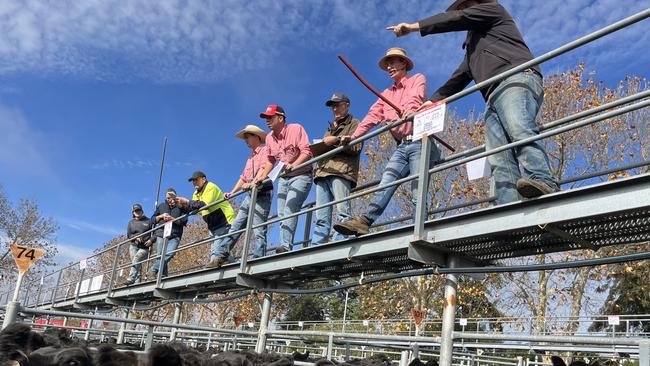
And while market sentiment is playing a role, so are numbers with some cattle centres having their biggest offerings in years.
Meat and Livestock Australia market information analyst Jenny Lim said total yardings for cattle were up 51 per cent last month compared to May last year, with continued supply from the herd rebuild.
“The total yarding of 247,232 head is the highest monthly total since March 2020, when there was still some carry-over supply in the north from the drought,” Ms Lim said.
“Throughput through the indicators has been consistently high since the April public holidays, which is placing some pricing pressure on the market.”
Ms Lim said many of the National Livestock Reporting Service reports had noted the absence of prominent buyers over the past week, which was further reducing demand pressure, especially at some of the larger markets.



